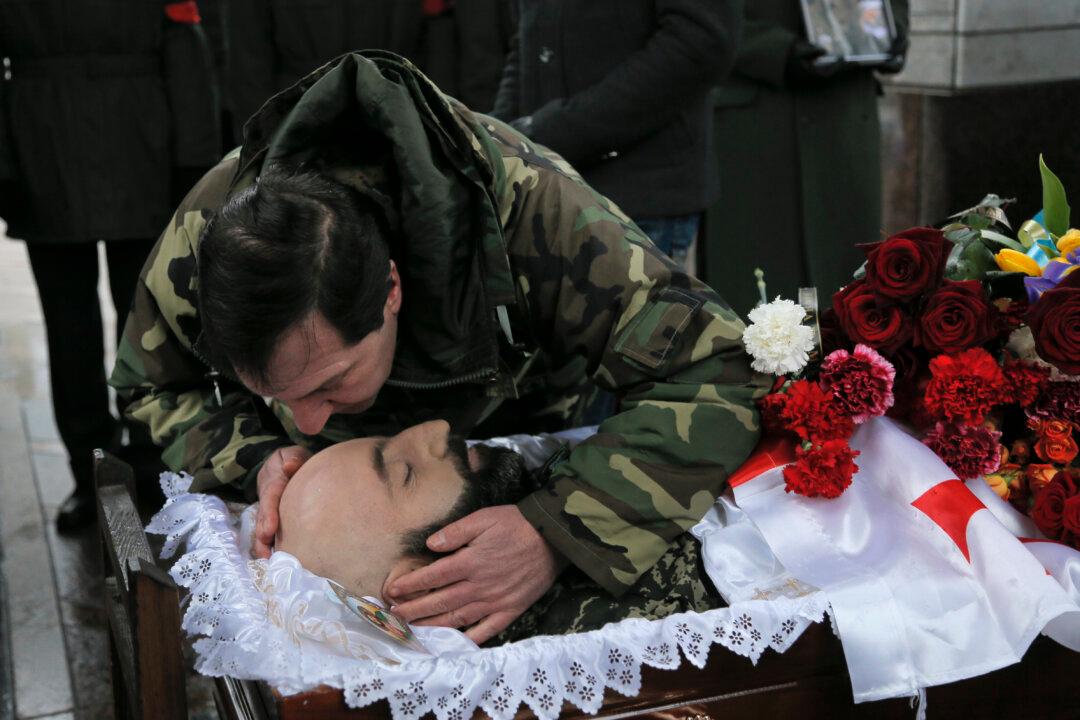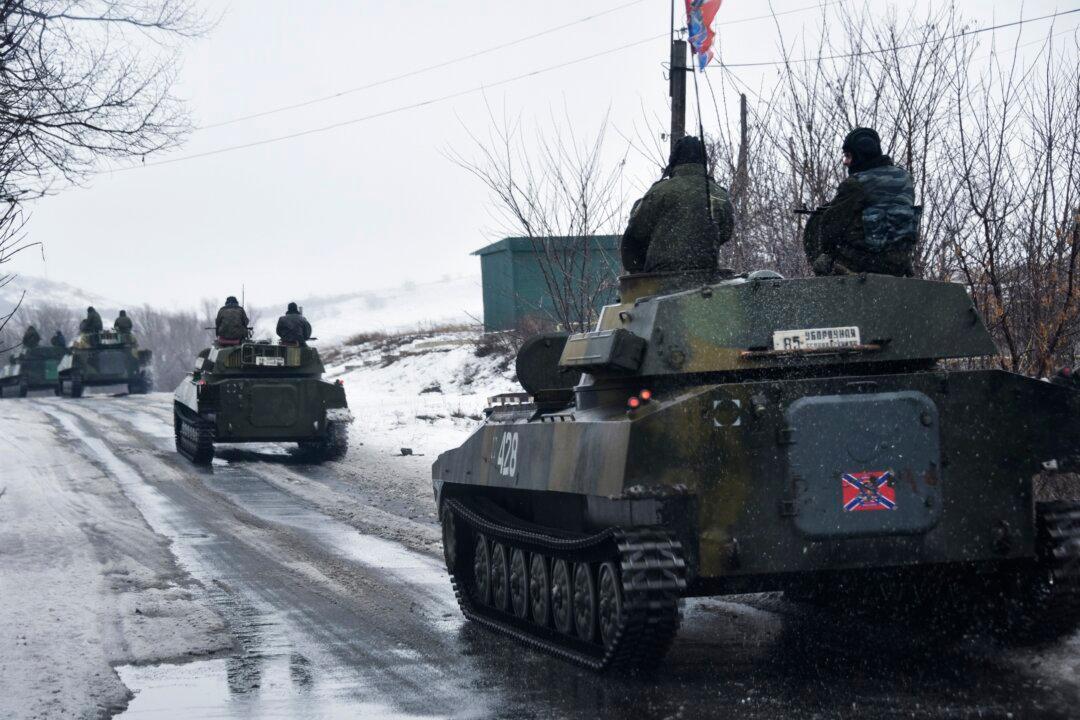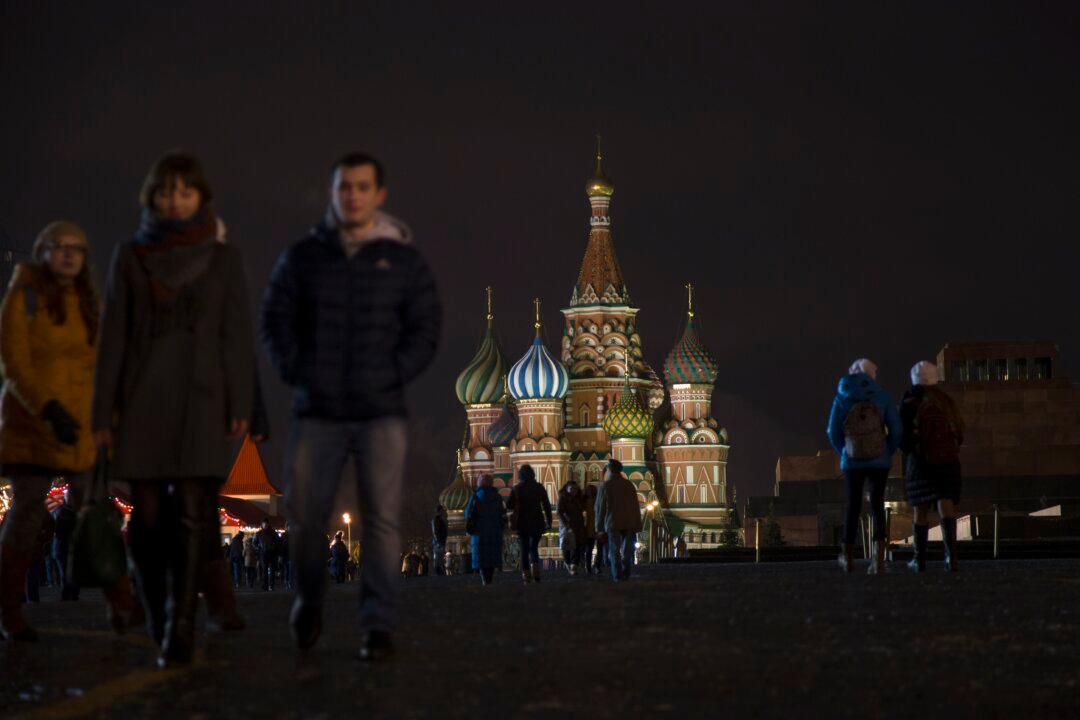BERLIN—Diplomats from Russia and Ukraine agreed Wednesday on a dividing line from where both sides should pull back their heavy weapons, just hours after separatist forces deployed more arms and manpower to an emerging flashpoint in eastern Ukraine.
Germany’s Foreign Minister, who hosted a meeting of his counterparts from Russia, Ukraine and France, said the four parties had agreed that the demarcation line defined in the Minsk agreement of last year should form the basis for the withdrawal. Under the plan, Ukraine and the pro-Russian separatists would pull back their heavy arms 15 kilometers (9 miles) on either side of the line, though there was no agreement on a withdrawal of all troops.
“Today we have finally agreed that the demarcation line mentioned in the Minsk agreement is the line from where the withdrawal of heavy weapons needs to take place now,” German Foreign Minister Frank-Walter Steinmeier told reporters after the meeting in Berlin.




